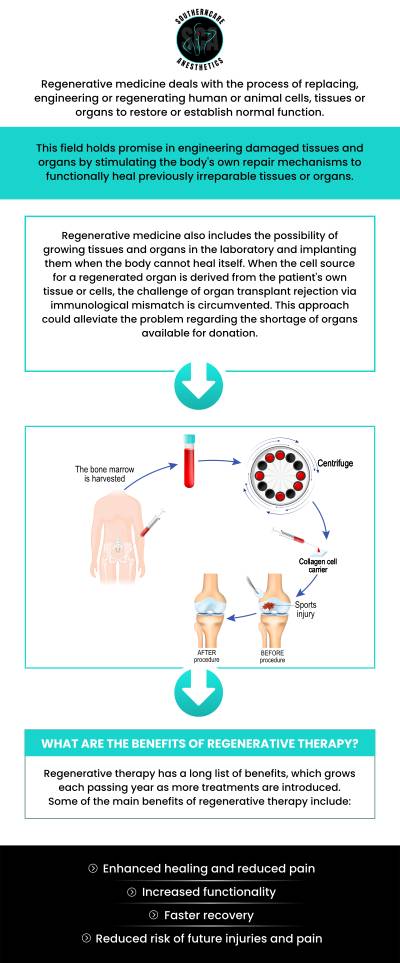
[/image][=video]
[/video]
There are many kinds of stem cells. As a whole, the term stem cell refers to a classification of cells that trigger other cells (like skin, blood, heart, and muscular tissue cells) by reproducing and setting apart in response to chemical hints. Totipotent stem cells appear at the earliest stage of growth and are the only stem cells which can produce embryonic stem cells and the placenta.
Bone marrow transplant (BMT) is an unique treatment for clients with certain cancers or other conditions. A bone marrow transplant includes taking cells that are typically discovered in the bone marrow (stem cells), filtering system those cells, and giving them back either to the benefactor (patient) or to an additional person. The goal of BMT is to transfuse healthy bone marrow cells right into an individual after his or her own harmful bone marrow has been treated to eliminate the abnormal cells.
Bone marrow is the soft, squishy cells located inside bones. It is where many of the body's blood cells establish and are stored. The blood cells that make various other blood cells are called stem cells. One of the most primitive of the stem cells is called the pluripotent stem cell. This is various than other blood cells with regard to the adhering to buildings: It has the ability to duplicate an additional cell identical to itself.
It is the stem cells that are needed in bone marrow transplant. The objective of a bone marrow transplant is to cure many diseases and types of cancer cells. When the doses of radiation treatment or radiation needed to treat a cancer are so high that a person's bone marrow stem cells will be completely damaged or damaged by the therapy, a bone marrow transplant may be needed.
Menopause Therapy
This procedure is frequently called rescue. Replace bone marrow with genetically healthy and balanced operating bone marrow to avoid more damages from a genetic condition process (such as Hurler's syndrome and adrenoleukodystrophy). The threats and advantages should be weighed in a detailed conversation with your health care provider and professionals in bone marrow transplants before the treatment.
There are various sorts of bone marrow transplants depending on that the contributor is. The different types of BMT include the following: The benefactor is the patient himself or herself. Stem cells are extracted from the client either by bone marrow harvest or apheresis (a process of collecting peripheral blood stem cells), icy, and after that provided back to the person after intensive therapy.
The benefactor shares the same genetic type as the patient. Stem cells are taken either by bone marrow harvest or apheresis from a genetically matched donor, usually a bro or sister. Other donors for allogeneic bone marrow transplants might include the following: A haploid-identical match is when the contributor is a parent and the hereditary match goes to the very least half the same to the recipient.

Matching involves inputting human leukocyte antigen (HLA) tissue. The antigens externally of these special leukocyte determine the hereditary make-up of an individual's body immune system. There go to least 100 HLA antigens; nevertheless, it is believed that there are a few major antigens that figure out whether a contributor and recipient suit.
Medical research is still examining the duty all antigens play in the process of a bone marrow transplant. The even more antigens that match, the much better the engraftment of donated marrow. Engraftment of the stem cells occurs when the donated cells make their way to the marrow and start making brand-new blood cells.
Medical Group
All individuals function together to provide the best chance for a successful transplant. The group is composed of the following: Medical care providers who specialize in oncology, hematology, immunology, and bone marrow transplantation.
Professionals who will assist you fulfill your dietary demands prior to and after the transplant. They will certainly work very closely with you and your household. Professionals that will help you come to be solid and independent with activity and endurance after the transplantation. Pastors that provide spiritual care and assistance. A number of various other staff member will assess you before hair transplant and will give follow-up care as needed.

A complete medical history and physical examination are executed, including numerous examinations to examine the person's blood and body organ functions (for example, heart, kidney, liver, and lungs). A person will certainly typically enter into the transplant facility up to 10 days before transplant for hydration, evaluation, positioning of the central venous line, and various other preparations.
For an allogeneic transplant, an appropriate (cells entered and matched) benefactor should be offered. Volunteer marrow contributors are registered in a number of national and international pc registries.
Contributor resources readily available include: self, sibling, moms and dad or family member, nonrelated person, or umbilical cord from a related or nonrelated person. There are nationwide and global computer system registries for nonrelated individuals and cord blood. Some household participants might be entered due to the need to aid. These relatives might or might not choose to have their type signed up for usage with other receivers.
Medical Group in Walker
Tests associated with his/her health and wellness, exposure to viruses, and genetic evaluation will certainly be done to figure out the degree of the suit. The contributor will certainly be offered guidelines on exactly how a bone marrow donation will be made. As soon as a match for an individual requiring a bone marrow transplant is discovered, after that stem cells will certainly be accumulated either by a bone marrow harvest.
Or by an outer blood stem cell collection. This is where stem cells are collected from the circulating cells in the blood. Of the 2, peripheral blood stem cell donations are currently extra usual. Cord blood has actually currently been collected at the time of a birth and kept for later use.
Navigation
Latest Posts
Hormone Therapy
Perimenopause Treatment
Menopause Therapy